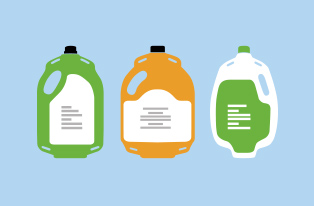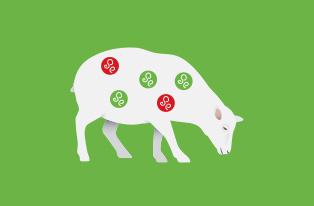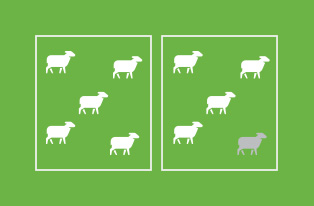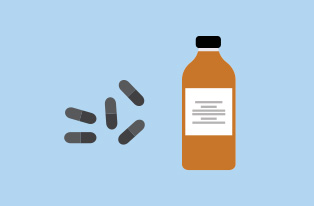Many worms are developing the ability to tolerate the chemicals that once killed them – this is known as drench resistance. Find out about testing for resistance, and drench use strategies that slow down the development of resistance, including refugia and quarantine drenching.
Drenching

Drench families
Here you’ll find details on the different anthelmintic classes available in New Zealand – what worms they target, how they act, and what we know about drench resistance for each class.

Drench resistance – who cares?
Drench resistance is evolution in action (remember Darwin?). Here we examine the risk factors for developing drench resistance on your farm. We also show you what you can do to assess your own situation.

Refugia
The term ‘Refugia’ can be really confusing! The outcome we want is to stop your farm from becoming dominated by drench-resistant worms. Using Refugia means leaving some worms free to breed without ‘screening’ by drench. There are various ways to achieve this.

Quarantine drenching
Learn about when you should administer a quarantine drench, what to use, and importantly – what to do afterwards.

Alternative worm treatments
A range of different ‘natural’ products, herbs and minerals are sometimes advocated as treatments or preventives for worm infections in livestock. This page is by no means a complete list. But here we review some commonly mentioned ones, and available evidence for their efficacy.